• Agents became platforms: OpenAI’s App SDK and AgentKit turned ChatGPT into an app economy.
• Enterprise adoption accelerated: Anthropic’s Claude now operates natively inside Microsoft 365.
• Efficiency went mainstream: Faster, cheaper models like Claude Haiku 4.5 and DeepSeek R1 cut costs by 70%.
• Security moved front and center: Exploits like ShadowLeak proved autonomy must come with defense.
• Democratization arrived: Anyone can now train their own ChatGPT-level model for under $100.
• The takeaway: The agent revolution is here. If your systems still rely on manual workflows, you’re already behind.
The week in AI agents news felt like watching the web reinvent itself in real time. OpenAI turned ChatGPT into an app store for agents, Anthropic embedded Claude deep into Microsoft 365, and Google flexed its Gemini muscle.
What started as playful experimentation with prompt-bots is now morphing into a trillion-dollar infrastructure race.
The Sora 2 app racked up over a million downloads in five days. That’s not hype—it’s product-market fit at scale. OpenAI’s new AgentKit lets developers build autonomous agents that execute entire workflows. Businesses are no longer asking if they should deploy AI agents; they’re deciding which platform will run their digital workforce.
If you’re still comparing tools, a Premium check on AI Agent Store will show which one actually fits your workflow in under a minute.
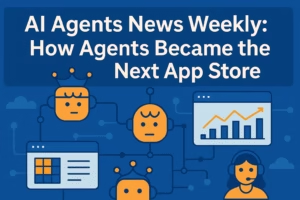
The Platform Shift – Agents Become Apps
OpenAI just redrew the map. With the ChatGPT App SDK and AgentKit, the company transformed its chatbot into a full platform where agents operate like mobile apps did in 2008. Developers get the tools to create, distribute, and monetize autonomous agents—each capable of handling complex, multi-step workflows.
For business owners, this is bigger than a tech update. It’s proof that agents have matured into infrastructure. A $500B valuation anchored in agent tech isn’t investor fantasy—it’s recognition that the world is moving toward fully automated digital labor.
The Sora 2 app’s viral success sealed it. One million downloads in less than a week confirmed there’s real demand for tools that do the work, not just talk about it.
And for anyone still clinging to traditional automation stacks, this is the part of history where you either evolve—or get left maintaining legacy workflows no human wants to touch.
Competing Visions – Google and Anthropic Join the Fight
When one player builds a new marketplace, the rest scramble to claim a corner of it. Google dropped Gemini 3.0 Pro, branding it their smartest model yet, but the real story is the groundwork being laid with Gemini 2.5, their agent-focused platform.
Every major AI lab is now competing not on who can chat better but on who can deploy the most reliable, autonomous agents at scale.
Anthropic, meanwhile, went straight for the enterprise. By wiring Claude into Microsoft 365’s ecosystem SharePoint, OneDrive, Outlook, and Teams they gave corporations an instant AI workforce without tearing down existing systems.
This is a direct challenge to Microsoft Copilot on its own turf. The result is a quiet arms race between agent ecosystems: OpenAI betting on consumer reach, Anthropic doubling down on business integration, and Google racing to catch up through infrastructure depth.
Real companies are already cashing in. Marketing teams using AI agents for outreach and research are reporting 40% higher email open rates, 250% more clicks, and 25% more booked calls.
The ones who automate recruiting pipelines now hire faster and with better fit scores than manual teams could ever match.
The lesson is blunt. If your workflow still depends on a human to push every button, your competition is already running circles around you with agents that never sleep.
The Efficiency Revolution – Cost and Speed Breakthroughs
The speed-to-value gap between early adopters and late movers is exploding. Anthropic’s Claude Haiku 4.5 runs twice as fast and at one-third the cost of its predecessor, rivaling the performance of models that once required entire data centers. Smaller businesses, once priced out of autonomous systems, can now deploy agent-level intelligence for less than they spend on one part-time intern.
China’s DeepSeek R1 widened that gap further, training at 70% lower cost than American competitors.
The ripple effect is obvious: every price drop expands the user base, and every speed improvement tightens the adoption curve. What used to take a team three days now takes an agent three minutes.
Financial teams using AI agents to analyze vendor data and identify cost leaks are saving six figures annually by making procurement decisions months earlier than before.
Event managers who once spent 18 hours on post-event lead sorting now do it in two. Order-to-cash workflows can now run entirely without human oversight agents identify high-risk accounts, resolve low-value disputes, and escalate exceptions automatically.
For anyone leading a business, that is no longer optional optimization. It’s survival math.
Security Warning – The Dark Side of Agent Autonomy
Every great leap in capability drags a shadow behind it. As agents become more independent, the attack surface widens.
A joint study by Anthropic and the UK government confirmed that a few hundred malicious samples are enough to poison large language models and create hidden backdoors.
That’s not a theory anymore. OpenAI had to patch a real exploit called ShadowLeak, which silently pulled user data from linked Gmail accounts through invisible prompt injections.
For developers, this is a warning shot. Every agent that touches private data must be built with isolation and verification layers. Sandboxing is no longer a best practice — it’s the seatbelt you can’t skip.
For business leaders, the stakes are higher.
MI6 officials have gone on record warning that autonomous AI could become an espionage tool if deployed carelessly. Before you plug an agent into your CRM, finance system, or inbox, you need clear vendor security guarantees and internal review protocols.
For newcomers, it’s simple. The same power that lets an agent handle invoices, emails, and reports also gives it deep access to your most sensitive systems. Treat that power like fire: controlled, useful, but dangerous if you stop paying attention.
The Infrastructure Race – Hardware Deals Escalate
The infrastructure money pouring into the agent ecosystem tells you everything about where this is heading. AMD and OpenAI just inked a $100 billion agreement to take on Nvidia’s dominance in AI chips.
On top of that, OpenAI is committing another $350-500 billion with Broadcom to produce custom silicon targeting a staggering 10 gigawatts of power by 2029 – enough energy to run eight million homes.
These numbers are obscene, but they make sense. The next generation of autonomous agents won’t just run on rented GPUs. They’ll need specialized hardware built for constant reasoning, context switching, and high-speed memory access.
OpenAI is betting its future on that shift.
For developers, the implication is clear. Agent performance will soon depend less on code and more on hardware optimization. For investors, it signals that this wave is no hype cycle infrastructure at this scale only exists when a new computing era begins.
The hardware race is about one thing: owning the rails of the agent economy. And those rails are being laid right now.
Scientific Breakthrough- Agents Start Discovering
AI agents are no longer just analyzing data -they’re creating knowledge. Google’s latest research drop proved it when their in-house AI generated two novel cancer therapy hypotheses, both later validated experimentally.
That’s the kind of scientific progress that used to take months of lab time and millions of dollars.
The leap here isn’t only about speed. It’s about intent. These agents weren’t prompted to summarize papers or optimize workflows; they were tasked with discovering something new. And they did. This pushes AI from being an analytical partner to a genuine research collaborator.
For R&D-heavy industries, this changes the risk calculus. Pharmaceutical, energy, and materials firms can now run hundreds of discovery loops in parallel, accelerating innovation cycles by a factor of ten. The companies already building internal agent labs will own the next decade of breakthroughs.
For startups, it’s the great equalizer. You no longer need a 200-person research division to find a market-defining insight – just the right training data and a handful of smartly tuned agents.
Democratization – Train Your Own Agent for $100
The gatekeepers are losing control. This week, Andrej Karpathy dropped a full recipe for training your own ChatGPT-level model for about $100 in four hours. No secret APIs, no closed-source frameworks, just a clear walkthrough that anyone with curiosity and a GPU can replicate.
For developers, that’s liberation. It removes the mystique surrounding LLM training and opens the door for small teams to build niche, domain-specific agents without raising a dime of venture capital.
For researchers and students, it’s a masterclass in accessibility. For the cost of a textbook, you can now understand and replicate the mechanics behind the world’s most powerful systems.
And for everyone else, it marks the end of the era when AI capability was locked behind billion-dollar servers. The tools to build your own agent army are officially in the hands of the public.
What This Means Going Forward
This week’s AI agents news draws a clean line between the experimental past and the industrial future.
We’ve entered the platform phase- OpenAI with its App SDK, Anthropic through enterprise integration, Google chasing infrastructure, and an entire generation of developers turning ideas into autonomous workers.
Costs are crashing, speeds are doubling, and security risks are becoming as real as the opportunities. It’s the classic technology tipping point: chaotic, loud, and unstoppable.
The message for builders and business leaders is the same. Don’t wait for the “perfect” moment to deploy agents. That moment already passed.
The companies reporting six-figure savings and 75% faster turnaround aren’t lucky -they’re early.
The next twelve months will decide who adapts and who clings to manual processes that no longer make economic sense. Agents are no longer toys. They’re infrastructure, and they’re moving faster than anyone expected.
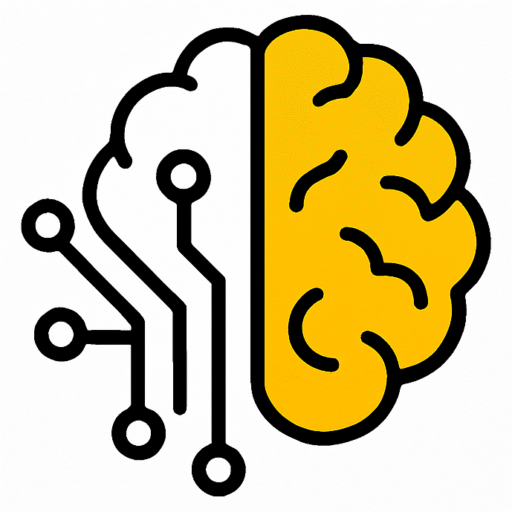
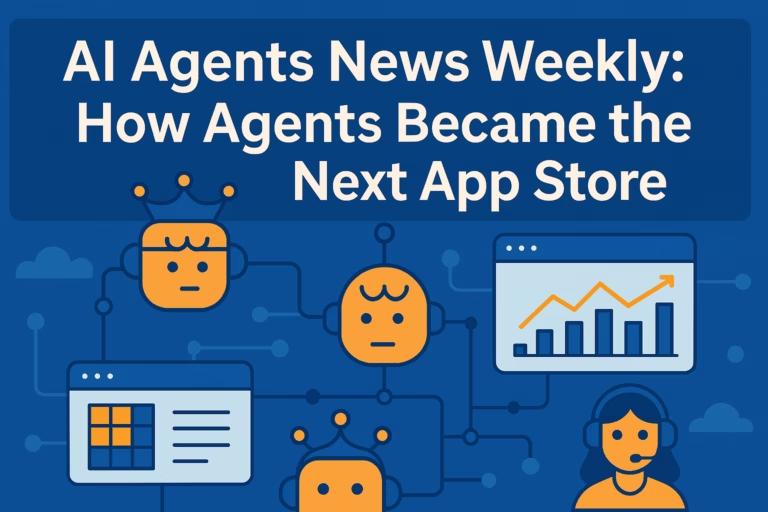
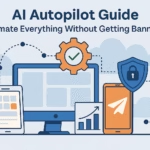
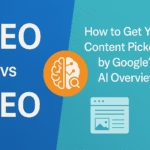
Pingback: AI Agents Just Got Serious Money and Real Security Rules - AI TIPSTERS